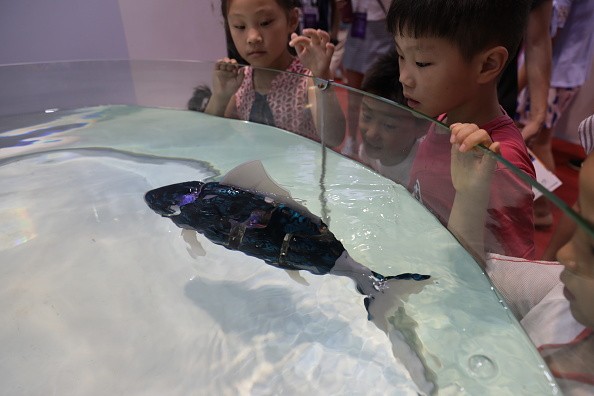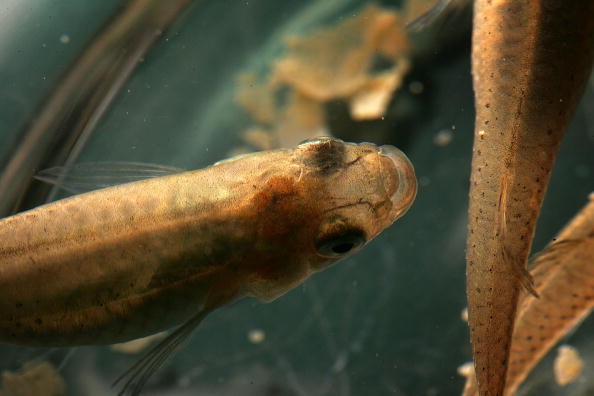A robot fish, which was designed to literally scare invasive fish species away from certain ecosystems, just passed its first round of tests with flying colors.

The fish, which is a project by researchers from New York University and the University of Western Australia, is intended to deal with a kind of fish pest called mosquitofish, reports CNET. It is designed to look and move like the mosquitofish' worst enemy: the largemouth bass.
The robot fish uses technology the researchers call "computer vision" to identify mosquitofish whenever they go feed on tadpoles. With how the robot looks and moves, it eventually scares the tiny predators away.
The first round of tests involved the robotic largemouth bass being put in a tank full of mosquitofish and tadpoles. Based on their observations, the fish-bot scare was enough to actually alter not just the behavior of the mosquitofish, but also their physiology and even fertility.
According to the researchers, the terror is real enough that the invasive fish species literally to scared to even breed. Mosquitofish which have been exposed to the robot were apparently now "more focused on fleeing rather than breeding."
Giovanni Polverini, one of the study's first authors, says that his team's decision to use robotics will hopefully help improve biocontrol practices and effectively fight invasive species in the future.
However, study senior author Maurizio Porfiri of NYU went on to say that while the fish-bot aced its first tests, it is still not ready to be released into mosquitofish-infested waters.
What this probably means is that the scientists will continue with further testing to ensure that their solution is viable in the long-term. A long-term, effective solution is critical in handling the mosquitofish infestation: a problem that has apparently plagued the world for over 100 years.
A brief overview of the study is available in Cell.com, if you want to check it out.
Robot Fish Vs Mosquitofish: Just How Badly Is Fish-Bot Needed?
The short answer: badly.
As previously mentioned, mosquitofish had been pests for an entire century. They are often seen in various water bodies throughout Europe, but particularly in Spain where they were first brought from the United States in the 1920s, according to ScienceDaily.

People saw the potential of these fish in terms of controlling mosquito-borne diseases like malaria. But through the years, the animal has become so much of a pest that it is now considered among the 100 most harmful invasive exotic species in the world by the International Union for the Conservation of Nature (IUCN).
The problem with mosquitofish is the fact that they not only eat mosquito larvae. They've exhibited an appetite for almost any water-borne larvae they could find-from tadpoles to the larvae of incredibly rare (and economically important) fish species in most cases.
As such, the researchers behind the robotics project hope to finally nip the pesky mosquitofish invasion in the bud.
This article is owned by Tech Times
Written by RJ Pierce
ⓒ 2026 TECHTIMES.com All rights reserved. Do not reproduce without permission.




